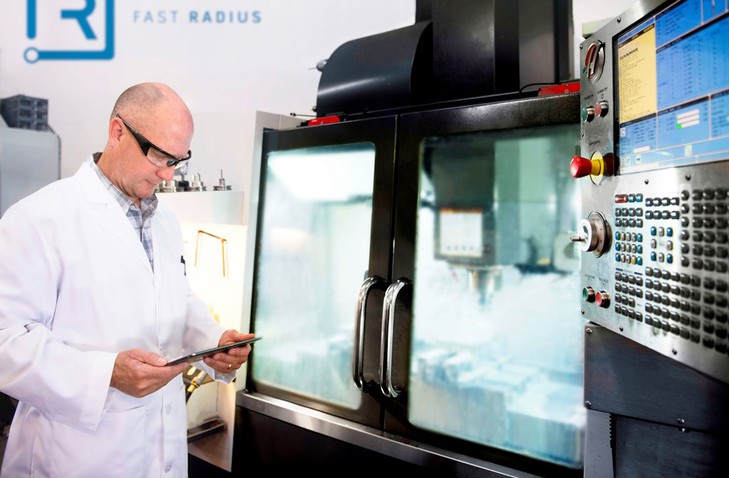3D printing, a supply chain challenge
03 / 08 / 2016

Panalpina’s strategic partnership with 3D printing specialist Shapeways is one more step in a march towards digital manufacturing that will challenge supply chain suppliers, including air cargo.
In May this year, software company SAP signed an agreement with UPS to collaborate to transform the ad hoc world of industrial 3D printing into a "seamless, on-demand manufacturing process from order through manufacturing and delivery".
But just where are we in the development timeline of 3D technology, otherwise known as additive manufacturing, and what is the immediate challenge for airfreight?
In the aerospace industry, additive printing is already taking place for certain aircraft components.
At the Farnborough International Airshow, SAP signed a co-innovation agreement with APWorks, a subsidiary of Airbus Defence and Space, which aims to “accelerate the adoption and standardisation of industrial 3D printing initiatives for the aerospace and defense industry”.
According to both SAP and APWorks: “3D printing is now moving beyond industrial prototyping and into manufacturing industries using multiple materials including metals, plastics and ceramics, which is helping to reinvent the manufacturing supply chain.”
SAP will extend its supply chain solutions to include collaboration and certification cloud service for industrial 3D printing, as well as an on-demand 3D printing manufacturing network.
Torsten Welte, global head of aerospace and defense industry at SAP, said: “Innovation in on-demand 3D printing is now revolutionising traditional manufacturing. In the next few years 3D printing will be widely adopted across manufacturing industries.
“The aerospace and defense market will transform digitally to strive to achieve near-zero unplanned downtime on commercial flights as well as support high production turnaround at a lower cost.
“What makes 3D printing most attractive in aerospace is the removal of many costs associated with traditional manufacturing like stocking inventory. Users are enabled to print the parts they need, as needed.”
Joachim Zettler, chief executive of APWorks, said: “The ability to 3D print all the possible components of an A350 aircraft could reduce the weight of it by nearly a ton.”
Air Cargo News met with Torsten Welte and Tobias Hauk, technical sales manager with APWorks.
Asked whether 3D printing technology available now was close to manufacturing an iPhone, for example, Welte said: “No, some of those high end technology items are way too complicated in terms of electrical circuits and things like that.
“But what is coming, for example, is that if the door knob on your kitchen unit breaks and you can scan it or take a picture of it, then somebody will 3D print it locally.”
Welte added that air cargo executives can be reassured that, at present: “3D printing farms will not all of a sudden pop up, because those kinds of investments are pretty high”.
The entry cost for sophisticated, multi-material 3D printing units are beyond the means of the man in the street to buy one. Said Hauk: “You have to invest in research and development. It is not just a question of printing something, you have to understand the processes.”
Department store 3D units are, at present, limited to single material printers and unable to handle something that has multiple materials.
But with advances in technology, and with companies like Shapeways pushing the barriers, some high value air cargo volumes may be at risk.
Welte said that air cargo executives need to take 3D printing seriously: “It is a new technology, it is changing behaviour and it is changing market models.
“That is why SAP and APWorks are talking as two partners. We have the manufacturing capabilities and we have the technologies to facilitate communication between whoever wants it and whoever produces it.”














